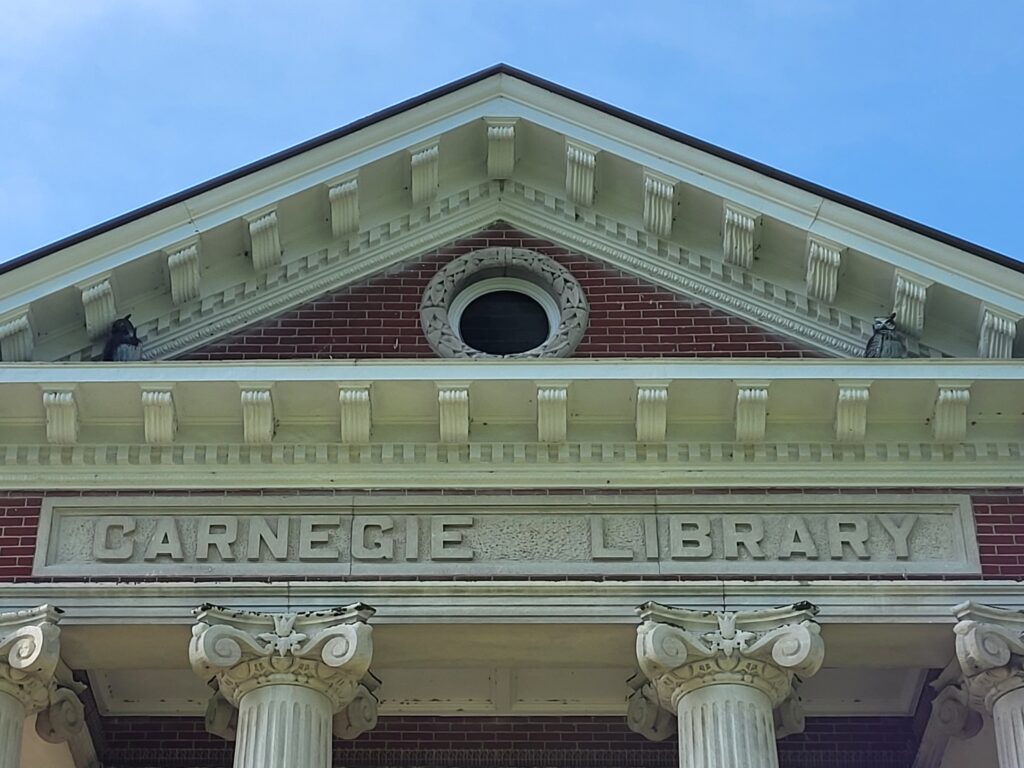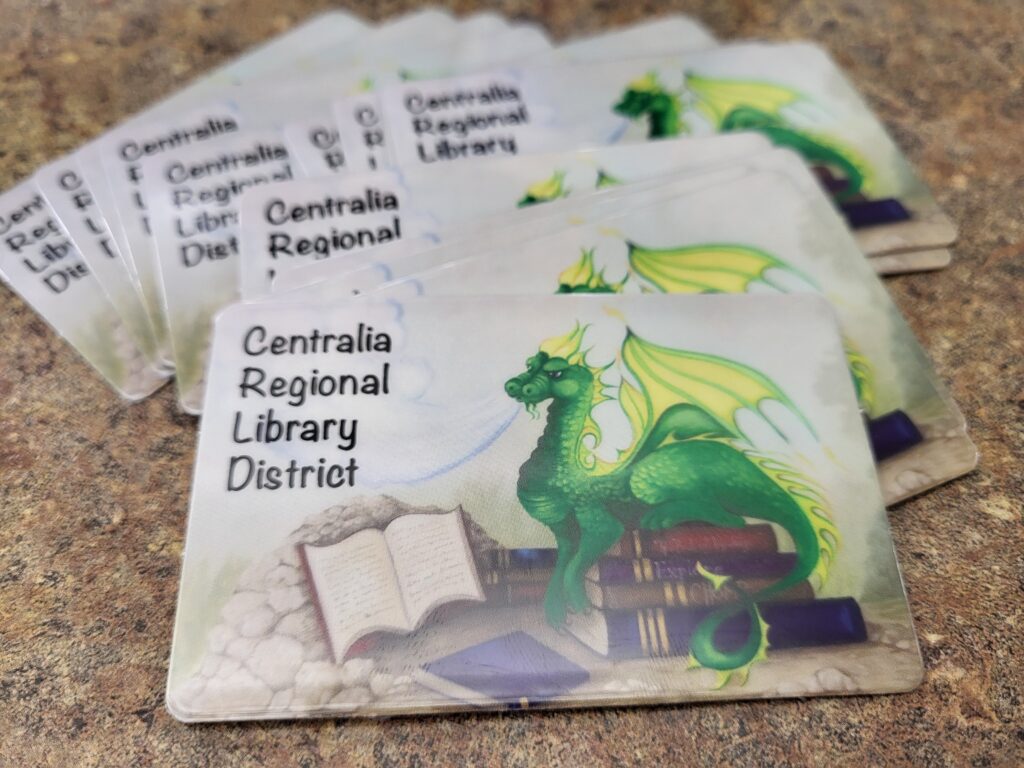On March 14, President Trump issued an Executive Order that dismantled the Institute of Museum and Library Services (IMLS) and most of its staff. On May 1, the United States District Court of the District of Columbia temporarily delayed the effect of Trump’s order. It acted on a lawsuit filed by the American Library Association (ALA) and the American Federation of State, County, and Municipal Employees (AFSCME). IMLS staff that were let go are now back to work and disbursing grants.
However, some libraries have already cancelled many services and cut staff salaries that rely on those grants and the proposed White House budget for fiscal year 2026 would cut the library services from $313 million to $6 million. This month another judge in a separate case has declined to block the dismantling of IMLS, leaving conflicting federal court decisions and confusion about future federal funding of libraries.
As a result of the confusion, librarians have found themselves answering the question of what do libraries do? What do they offer besides loaning out a limited selection of books and DVDs/Blu-rays?
As a librarian in Centralia, I can say that the answer to that is, actually, a little bit of everything.
Traditional collection
A library’s traditional collection of traditional media is important. Illinois is home to over 5,000 libraries of several types (public, school, academic, special), most of which belong to one of three consortia: Illinois Heartland Library System (IHLS) in southern and parts of central Illinois, Reaching Across Illinois Library System (RAILS) in northern and the other parts of central Illinois, and the Chicago Public Library (CPL) system. This means that having a single library card in one of these systems grants the card owner borrowing privileges to roughly half of the state’s libraries’ collections through a revolutionary type of interlibrary loaning system.
Inter-branch loaning, like what’s done in the Chicago system, is the most common interlibrary loaning among libraries across the country, as it involves splitting the main library’s collection up into multiple locations across the city, county, or municipality. The main library and its branch libraries then send parts of their own collection back and forth to each location, making it easier to store such a large quantity of items and for patrons to access that vast collection regardless of which branch is their “home” library.
Across the rest of Illinois, however, interlibrary loaning goes even further. One library card can get you access to the collections of over 1,200 libraries of all types in northern and west-central Illinois through RAILS and over 500 in the rest of central and southern Illinois through IHLS.

RAILS, IHLS, CPL, and the Illinois State Library work together to ensure as many Illinoisans as possible receive quality items to check out and services to render. Their reach is not just throughout Illinois either; the global interlibrary loaning system OCLC works with the systems to ensure that should there be an item a patron could not get from them, they are able to get it from a library out of state or across the globe for a reasonable price.
However, not many people know about the systems. There is also the enduring belief that libraries are simply book warehouses with some computer access,, and for many, public and school libraries are simply nonexistent.
“I loved to read, but had no notion that a public library was an option to me as there were none available in the towns I lived or went to school in,” said Kelsey Schaepperkoetter from rural Nashville, Il.
The nearest public library to Schaepperkoetter when she was a child was 30 minutes away and her family would have had to pay $75 annually to use that library.
“At the time, my perception of a library was a place to get books, and I thought the price was too high,” she said. She is now the director of the Nashville Public Library, part of IHLS.
Out-of-district library cards still exist, even with so many libraries inside of the three major regional systems. For patrons with a local public library that is not in one of the systems, they may be eligible for a reciprocal barcode added to their home library card from the nearest system library. These reciprocal privileges are negotiated between the libraries and must have approval by the patron’s home library before being granted. It’s typically free, but may also have some limitations, such as being locked out of digital collections that need a library card pin number to access.
Sometimes more rural addresses fall just outside of the reach of the nearest public library, in-system or not. Those patrons have no choice but to pay for one of the out-of-district cards. However, this fee is the equivalent of what an in-district patron would pay in taxes that would make the library card prepaid (“free”) for them. Usually, the amount of money saved by an out-of-district patron for using the library system far outweighs the cost of the card.
“As our community is rural, many individuals travel outside of town for entertainment, shopping and groceries. Libraries in neighboring towns that our patrons travel to, often stop by to browse their larger section while running their errands,” Schaepperkoetter said. “This has not only increased our patrons visiting other libraries, but also interlibrary loan requests.”
O’Fallon’s tubs of books
It’s the same for more urban areas too, such as O’Fallon Public Library, located in the Metro East, where tubs full of items going back and forth between libraries are delivered by nearly a dozen each day.
“Many of our patrons simply place their hold on their phones [using the library’s mobile app] and wait to be notified when it is filled. The only thing that can sometimes become a learning opportunity for them is wait times,” Samantha Schaeffer, a page at the O’Fallon Public Library, said. “We have to explain to them that the book has to be found by the owning library, scanned in, put into the tubs, go to the processing center and then be delivered to us where we have to process the shipment tubs.”

The library’s mobile app is one shared by all IHLS libraries and is aptly named the SHARE Mobile Library. Patrons log into their library account in the app and can access their barcode should they forget their library card, search for and place requests (holds) for items in the system’s vast catalog, manage their fines, and even scan books, DVD’s, and Blu-rays at the store to see if the item is in the system to borrow for free.
These traditional collection items can also be found as eBooks, audiobooks, and streaming media in digital library collections through platforms like eRead Illinois, Libby, cloudLibrary, hoopla, Sora, and biblio+, which patrons can access with their library card on a computer and most mobile devices.
Some can be cast to a TV or have an app on devices like the Roku to launch for the bigger screen. Some platforms also have whole music albums to check out and hoopla is also home to “BingePasses” that check out an entire themed collection of items to a patron in just a single borrow on their account for unlimited access for a week.
Plus a little bit of everything
So then what about that “little bit of everything” that libraries are now offering on top of that? Some of it comes in the form of a “library of things” collection that feature all sorts of items: laptops and tablets, mobile Wi-Fi hotspots (which are now under a separate threat as the Senate has overturned the Federal Communications Commission (FCC) decision to provide E-rate funding for them to libraries and schools), Roku and Chromecast devices, video games, jigsaw puzzles, power tools, kitchen appliances, fishing poles, telescopes, and even bicycles and kayaks are just a portion of what libraries offer these days.
If you’re a teacher or do homeschooling, there are classroom kits and resource trunks available. Running your own book club? There are book club kits too. Ghost hunting? Check out a kit with an EMF reader, dowsing rods, and digital voice recorder.
Many also offer curbside pick-up or homebound delivery to all parts of the community. Often, this delivery involves a “bookmobile” that is reminiscent of the pack horse librarians of the Great Depression; they carry a portion of the library’s collection out into the community, like an intellectual ice cream truck, and sometimes they have mobile Wi-Fi and laptop access.
Other services are available than just items to check out for free – public computer and Wi-Fi access at the library, printing, copying, scanning, and–yes–faxing.
On top of current newspaper access, libraries have newspaper archives that are digital or on microfilm, digital platforms like HeritageQuest, local cemetery plat books, and other historical and genealogical resources that are free to peruse and use either in-house or online with a library card. Many libraries will also do the research for you.
Are you wanting to write and publish your own book? From RAILS and the Illinois State Library there is a free suite of resources through inkie.org to write and publish an eBook. That eBook can then be read through the entire state and even internationally through Biblioboard Library and the Soon to Be Famous Illinois Author Project. Interested in an in-person workshop? Libraries like the Centralia Regional Library District have self-publishing workshops that will walk you through the process, from idea outlining to marketing your newly published book.
In need of food, diapers, school supplies, dress attire for a job interview (which they’ll also help you prepare for), a prom dress, or hygiene items? Chances are a library nearby does regular drives for each of these and more and provides year-round access to food pantries and hygiene cabinets for anyone in need. Some even partner with national nonprofit PCs for People to donate computers to their community to bridge the digital divide.
In addition to all of these community center-like services, libraries are also continuing to do their regular programming staples in the form of story times, summer reading, and book clubs. Yet nowadays, library programming has expanded to include just about anything from various social clubs and educational workshops to “geek conventions” and dances to art shows and traveling museum exhibitions. Many are also a public polling place, a vaccine site, a notary service, and do other civic events and services.
All of this costs money. According to Illinois Secretary of State Alexis Giannoulias, in 2024, the Institute of Museum and Library Services (IMLS) awarded $266.7 million (less than 0.005 percent of the federal budget) to libraries, museums, and archives across the country. The Illinois State Library received $5.7 million in the fiscal year 2025. $2.5 million of that went to RAILS and IHLS under the System Area & Per Capita Grant program that funds the five-day-a-week delivery throughout the two systems and $1.8 million to the OCLC services that bring global interlibrary loaning to the state of Illinois.
Every year, libraries in the state of Illinois alone save taxpayers roughly $230 million. The allocation of grant money goes into all facets of library operation, from operating costs and upgrades to buildings to interlibrary loan delivery and programming. Public libraries in Illinois must fill out the Illinois Public Library Annual Report (IPLAR) survey each year that tells the state how many items circulated, how many times the computers and Wi-Fi were accessed, how much training library staff and trustees received, and how many people attended programs. This then helps the state decide how much of the grant funding from the IMLS will go to each of these libraries.
The more you use and attend programs at your local library, the more funding they receive, and in turn the more resources and services your community receives. So go discover the power your library card has today and support your local library.
Charessa Sistek is programming and marketing coordinator at the Centralia Regional Library District and a graduate of SIUC’s School of Journalism and Advertising.



